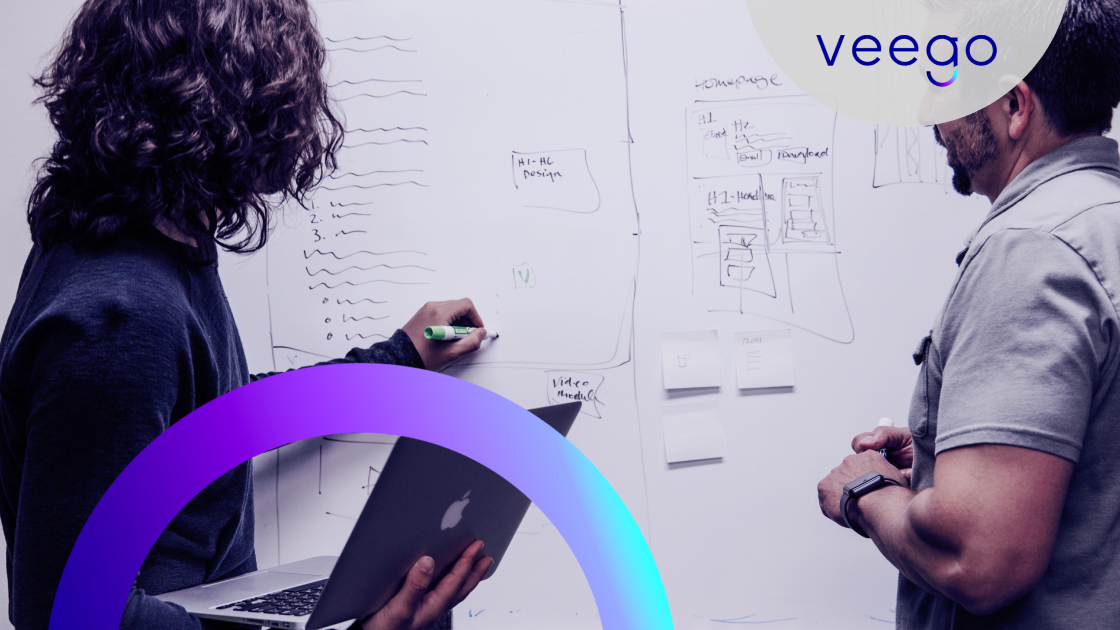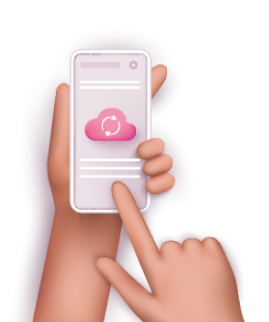

Part Two: Efficient Ways to Boost Quality of Experience
In part one of our internet problem mitigation series, we discussed how vital it is to gain a contextual understanding of internet sessions, and to assign a Quality of Experience (QoE) score that reflects the subjective experience of each session.
After all, even within the same household, you can need high bandwidth for Jim who is on the edge of his seat watching Dahmer on Netflix, and definitely doesn’t need buffering headaches, and also need to delight Katie, who is relying on low latency to take on Sephiroth in Final Fantasy VII.
In part two, we’re going to turn to how we can use that context, and our unique QoE scoring methodology for a three-pronged approach to problem resolution, allowing ISPs and CSPs to boost customer experience in real-time.
1. Auto-repair
Before we begin any auto-repair process, we need to know, “Is this a significant challenge that matters?” As we’re acting off intelligence given by the QoE score, which functions as an objective metric for the subscribers’ internet experience, we know that the challenges are contextually important and need to be addressed. This might be a long buffering time for streamers, reduced latency for gamers, or a lack of stability for those who are WFH.
Depending on the type of issues that we uncover, and where along the service delivery chain they occur, we can implement specific resolution to meet the need. Problem resolution for the device or the WiFi won’t look the same as the steps we take to solve an issue at the last mile, WAN, or cloud service, for example. Here are some examples of the more common steps we take for resolution:
- If we identify interference, where too many wireless devices are accessing the same channel, we can make a switch, and select one which is less congested.
- For saturation, where a channel is being choked, we can use band steering, sending one or more devices to a different band.
- Finally, if we see that the device itself is the problem, we can force an auto-reconnect, so that the device will be prompted to upgrade.
Now imagine if we took these actions without the essential context that we discussed in part one. Because it’s not only about knowing what to fix, it’s about knowing the impact of that fix.
Let’s take saturation as just one example. If band steering is used to solve choking issues, then devices may be moved from 2.4ghz which has great range but is slower, to 5ghz which is faster but has a lower range.
If we know that a home has three devices on a 5ghz band which is currently choked, and two are watching on Amazon Prime while the other is playing Fortnite, it makes sense to move the gamer to the 2.4ghz, as they are less sensitive to fluctuations in bandwidth. We’ve solved the problem, with zero negative effect to movie night.
The same is true for channel switching, or forcing an auto-reconnect to handle a problematic device. They both often mean a device will lose connection entirely for a short period of time, so it’s essential to make sure that there isn’t a sensitive process happening on the subscriber-side.
Again, ISPs can benefit from our valuable context. For example, if the user is watching a movie, and it has been well buffered ahead of time, that’s a good moment to reconnect. Pass the popcorn.
2. Recommendations
In some situations, no auto-repair is available. In these cases, Veego can provide actionable recommendations for manual problem resolutions, either facilitated through customer care, the Network Operations Center (NOC), or the end user directly via app.
An example of how this could work in practice is via push notifications to the end user. Via the CSPs mobile app, users can get an alert that Netflix is buffering slowly, and a recommendation that they disconnect their Xbox as it’s taking up too much bandwidth on the network. Both actionable and easy to complete, this shows the subscriber that their service provider is able and willing to go the extra mile and provides them with essential self-serve tools for improving QoE. In other cases, the notification might alert the subscriber to an issue outside of the CSPs control, for example, that the Facebook server is down, and that’s what’s interrupting their messaging session. This gives the subscriber insight into the source of the problem, and channels frustrations away from the CSPs front door.
On a more macro scale, the NOC will have all issues logged internally, and be able to escalate specific patterns and trends, for example, change the routing on a granular level if they see a sudden spike in issues relating to a particular application across many users.
Where relevant, an ISP’s support center can access these recommendations, too. First, this supports troubleshooting – providing answers when subscribers call with a problem, for example offering quick fixes like repositioning the router/extender or disconnecting a device altogether.
However, there is even greater value in using these recommendations proactively. Most people won’t call their CSP when their service is a little patchy. A CSP that knows that their subscriber is having a poor experience can proactively reach out and try to mediate and improve the experience, reducing the risk of churn.
Now, think bigger than in-the-moment problem resolution. Imagine for example how CSMs can directly contact subscribers with an upsell opportunity if a larger data package would improve bottom-line performance. Here’s where you’re becoming a revenue-generating arm of the business.
3. Prioritizations
Finally, we also use prioritization to auto-mitigate QoE challenges. ISPs and their subscribers can define a list of priorities, deciding that gaming is more important than web conferencing which is more important than streaming video, for example. With flexible prioritization, during evening hours gaming can be given top priority, while between 10.00am and 17.00pm Monday-Friday, conferencing or eLearning is prioritized instead. Subscribers get the highest possible QoE score for any specific session, and always without impeding on anyone else’s performance.
Down to a granular level, a particular application can even be given prioritized routing for lower latency, while another has priority in terms of bandwidth. These priorities can be adapted as the need occurs, so that issues can be resolved in real-time.
Watch Those Scores Go Sky High
With real-time visibility into the connected home, Veego allows you to understand the real-time Quality of Experience of every internet session, and truly delight your subscribers by keeping that score as high as possible at all times.
Score dropping below a specific threshold? Veego maps the entire service delivery chain as part of its root cause analysis, finds the problem, and utilizes auto-resolution, intelligent recommendations, and flexible prioritization to keep QoE scores high.
The result? Scores even those Dallas Cowboys would be proud of.
Ready to use auto-repair, smart recommendations and intelligent prioritization to keep subscriber QoE high? Let’s schedule a time to talk.





